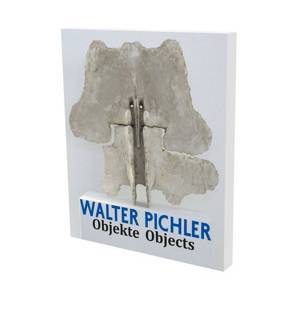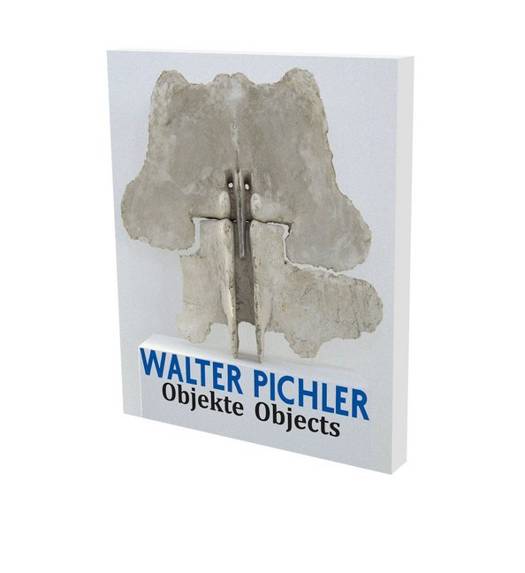
- Afhalen na 1 uur in een winkel met voorraad
- Gratis thuislevering in België vanaf € 30
- Ruim aanbod met 7 miljoen producten
- Afhalen na 1 uur in een winkel met voorraad
- Gratis thuislevering in België vanaf € 30
- Ruim aanbod met 7 miljoen producten
Zoeken
Omschrijving
Walter Pichler (1936-2012) gained fame in the 1960s with technoid, seemingly prosthetic-like structures that were inspired by the aircraft and car industry and designed for a futuristic-mediatized world. The provocative spatial utopias and visionary "prototypes" that he developed at the time in Vienna together with architects Hans Hollein and Raimund Abraham were legendary; they were shown in a spectacular exhibition at the Museum of Modern Art in New York in 1967. This book focuses on five significant early sculptures. Numerous corresponding works on paper and other accompanying materials help embed them into the context of their genesis. In addition to Pichler's approach to drawing in order to examine his ideas, two formal aspects of his work come to the fore-on the one hand the principle of doubling or mirroring, particularly obvious in the hollow as well as negative form in his work "Schmetterling" (1962), on the other hand the "Säulchenstruktur" (pillar structure), apparent, for instance, at the base of "Frau aus Metall" (1975-90). This conclusively elaborated volume illustrates that Walter Pichler's work, genuinely conceived from an artist's point of view, managed to add-beyond its substantial contribution to "radical architecture"-to a progressive reflection of modernism, preserving formal and humane aspects.
Specificaties
Betrokkenen
- Auteur(s):
- Uitgeverij:
Inhoud
- Aantal bladzijden:
- 208
- Taal:
- Engels
Eigenschappen
- Productcode (EAN):
- 9783864422690
- Verschijningsdatum:
- 8/07/2020
- Uitvoering:
- Paperback
- Formaat:
- Trade paperback (VS)
- Afmetingen:
- 235 mm x 279 mm

Alleen bij Standaard Boekhandel
+ 69 punten op je klantenkaart van Standaard Boekhandel
Beoordelingen
We publiceren alleen reviews die voldoen aan de voorwaarden voor reviews. Bekijk onze voorwaarden voor reviews.











